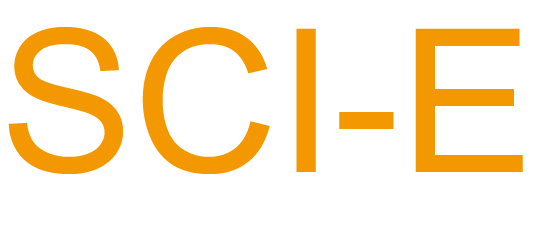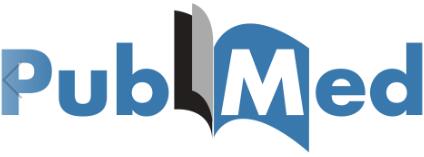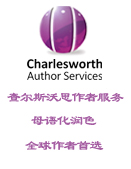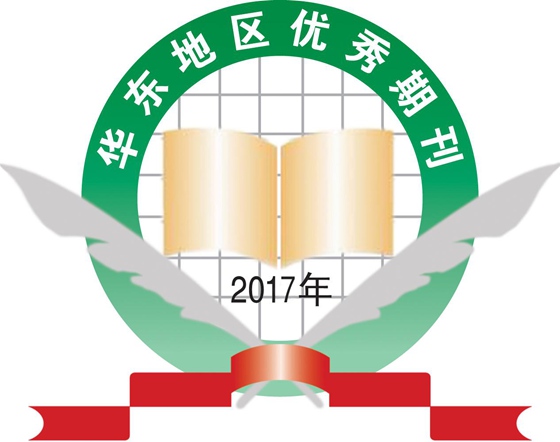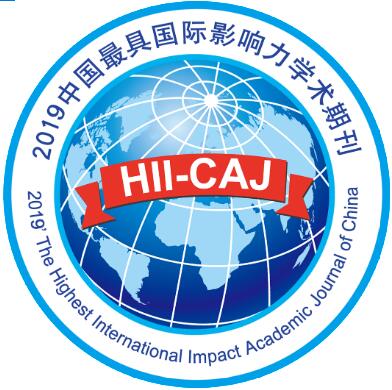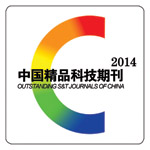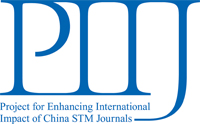Objective
To evaluate the correlations between clinical symptoms and treatment efficacy in patients with rheumatoid arthritis (RA).
Methods
Four hundred and thirteen patients were included in the clinical trial from 9 clinical centers. They were randomly divided into Western medicine-treated group with 204 cases and Chinese herbal drug-treated group with 209 cases. Eighteen clinical symptoms were evaluated before and after treatment. The Western medicine therapy included voltaren extended release tablets, methotrexate and sulfasalazine. The Chinese herbal drug therapy included glucosidorum Tripterygii totorum tablets and Yishen Juanbi Tablets combined with treatment based on syndrome differentiation. The American college of rheumatology 20 (ACR20) was used as efficacy evaluation criteria.
Results
In the Chinese herbal drug-treated group, clinical symptoms such as arthralgia and tenderness of joints were positively correlated with the efficacy after 12-week treatment, while frequent urination at night was negatively correlated. In the same group, tenderness of joints and fever were positively correlated with the efficacy after 24-week treatment, while deep-colored and turbid urine was negatively correlated. In the Western medicine-treated group, tenderness of joints and thirst were positively correlated with the efficacy after 12-week treatment, while vertigo was negatively correlated. And in the same group, tenderness of joints was positively correlated with the efficacy after 24-week treatment, while heaviness of limbs was negatively correlated to the efficacy. The statistical results showed that the treatment efficacy was improved when the correlated symptoms were included in the indications.
Conclusion
The treatment efficacy of RA is correlated with some symptoms, so further studies should proceed on these correlations in order to achieve better treatment outcome.






